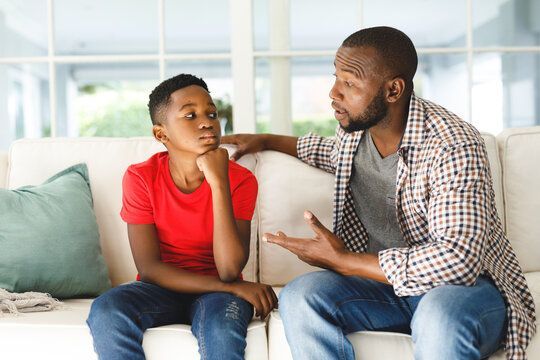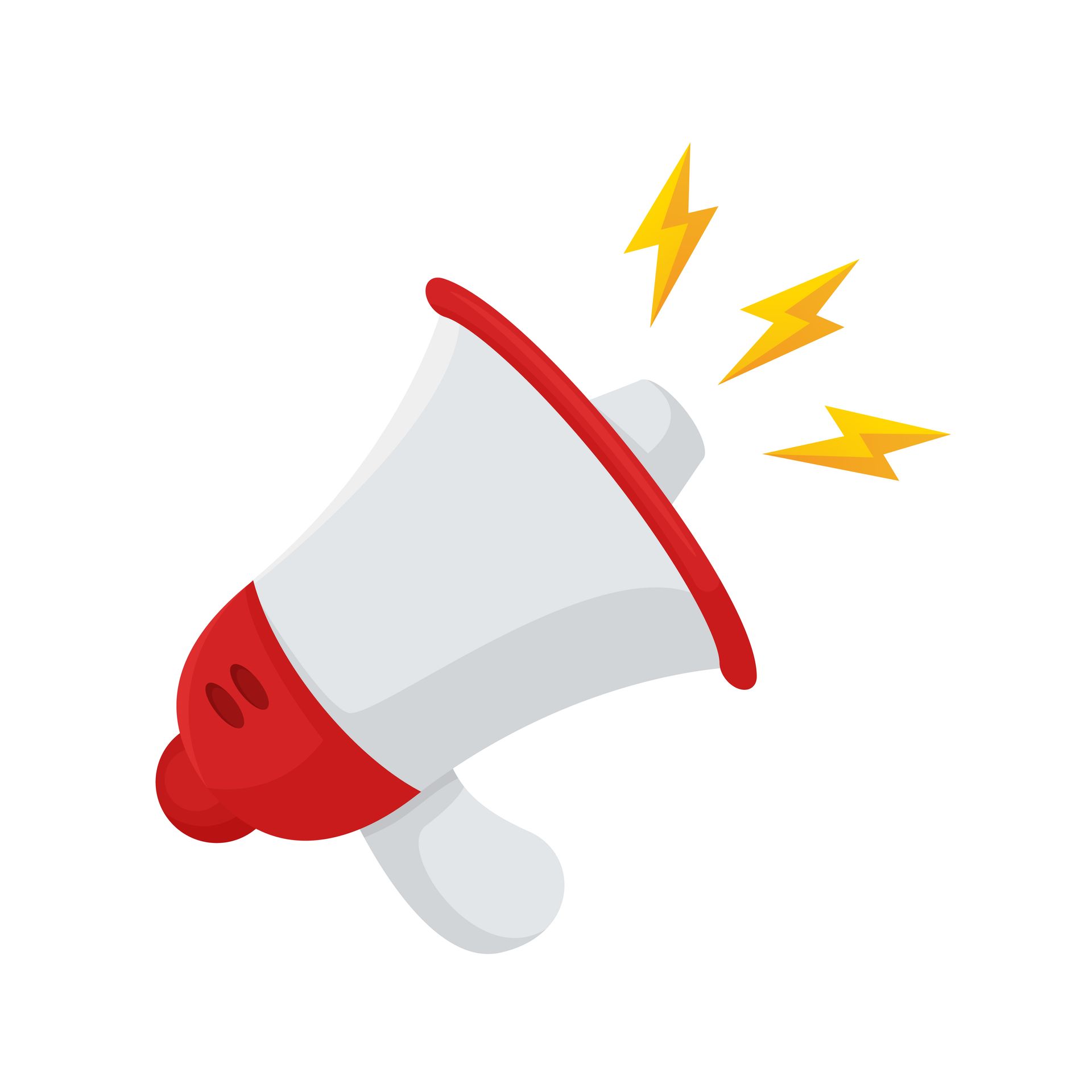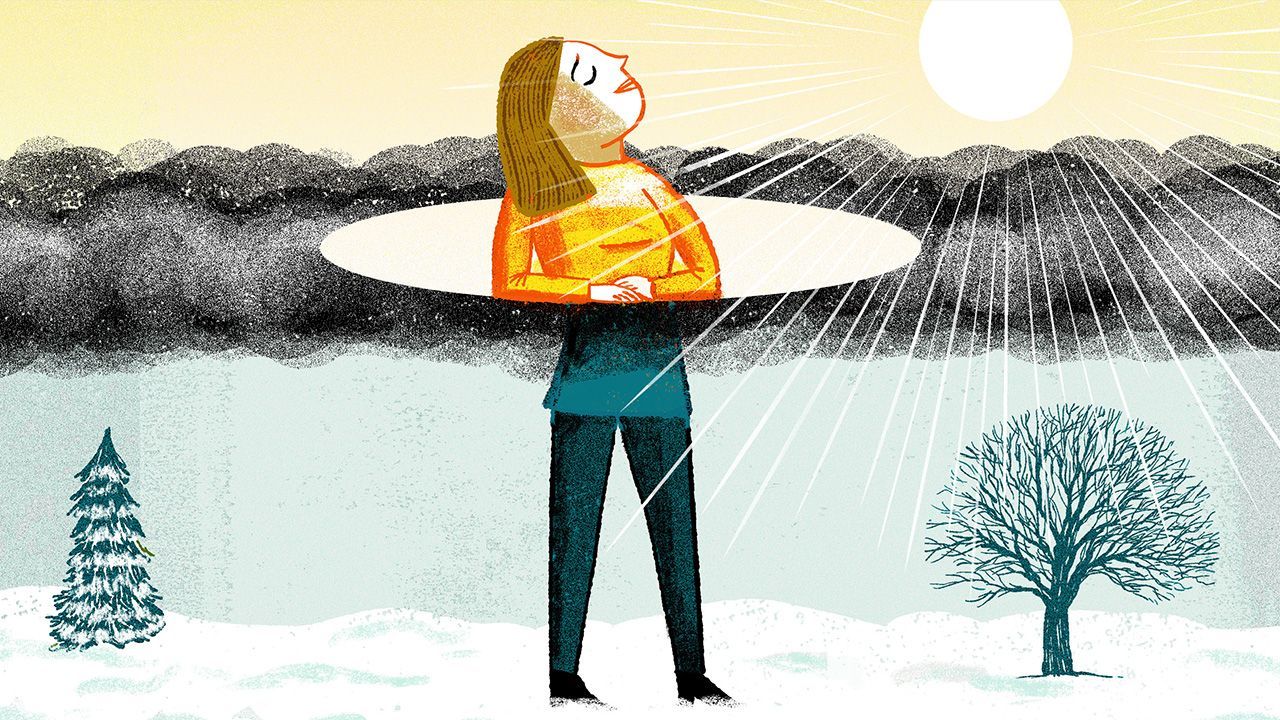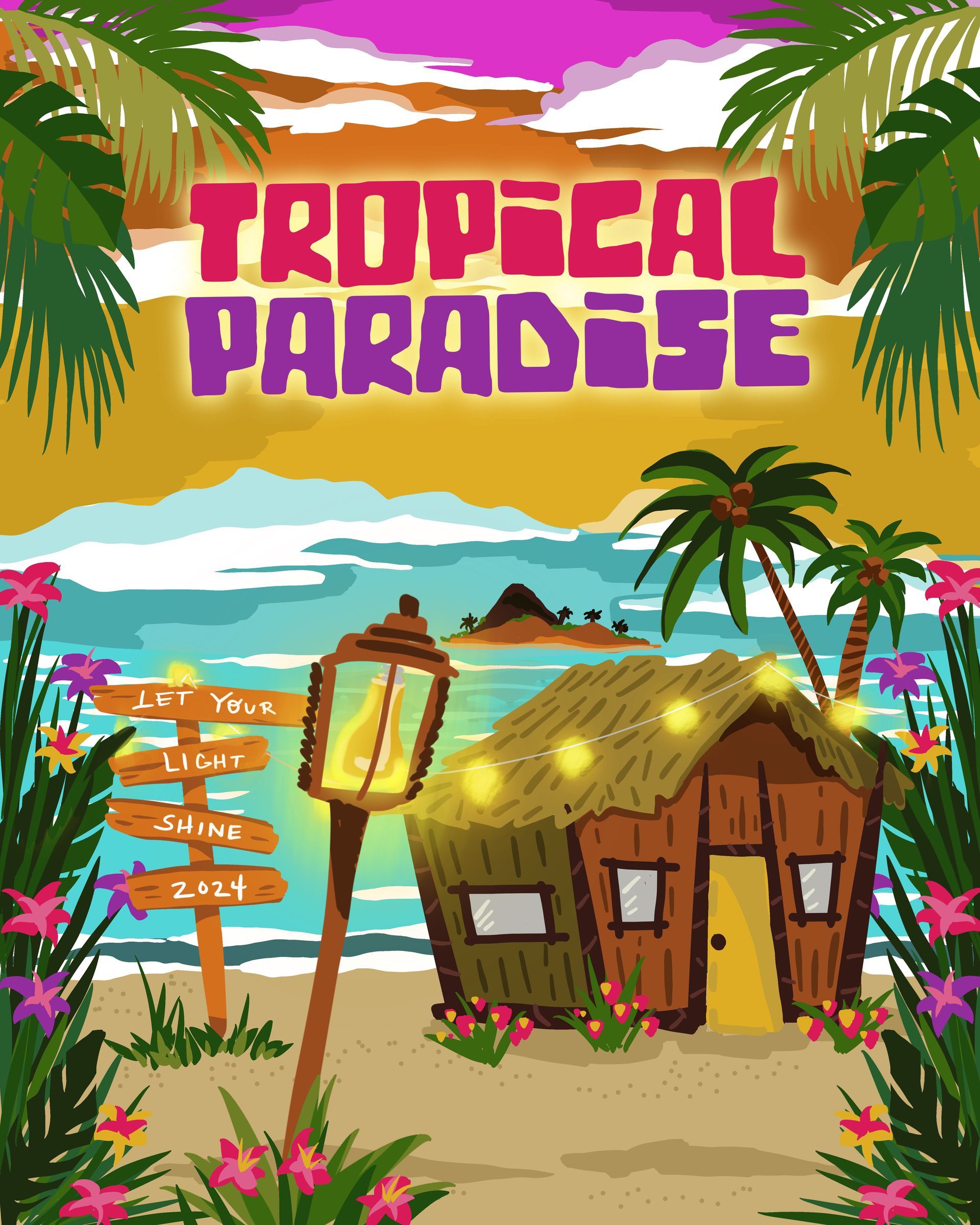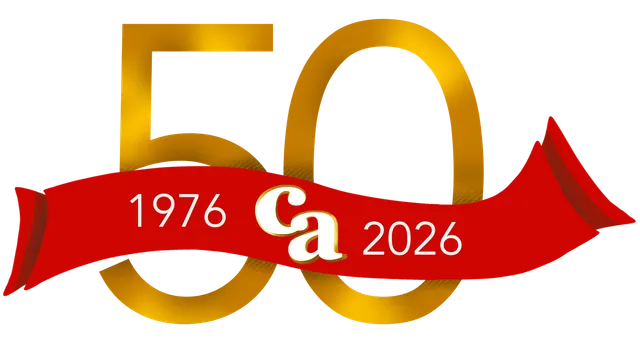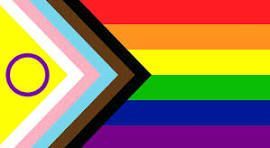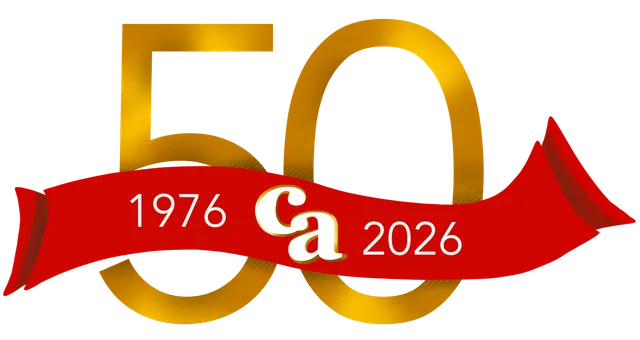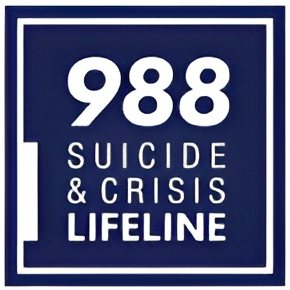
Suicidal ideation is on the rise nationwide, especially among teenagers and college-age students. Post COVID, adolescents are struggling to handle a variety of situations and have limited coping skills to help them through the challenges. One of the biggest challenges is loneliness.
What can lead an adolescent to believe life is no longer worth living? Suicide is rarely caused by a single circumstance or event. Instead, a range of factors can increase risk. Some of those include:
- Perception that you are a burden to others
- Isolation
- Hopelessness
- Increases in anxiety or depressed mood
- Substance use
- Access to lethal means
- History of previous attempts
- Loss of a valued relationship, especially if the loss is due to suicide
- Relationships that are high in conflict or low in support
- Anticipation of harsh punishment, loss of status, or physical or mental deterioration
- Stigma associated with mental health and seeing help for emotional distress
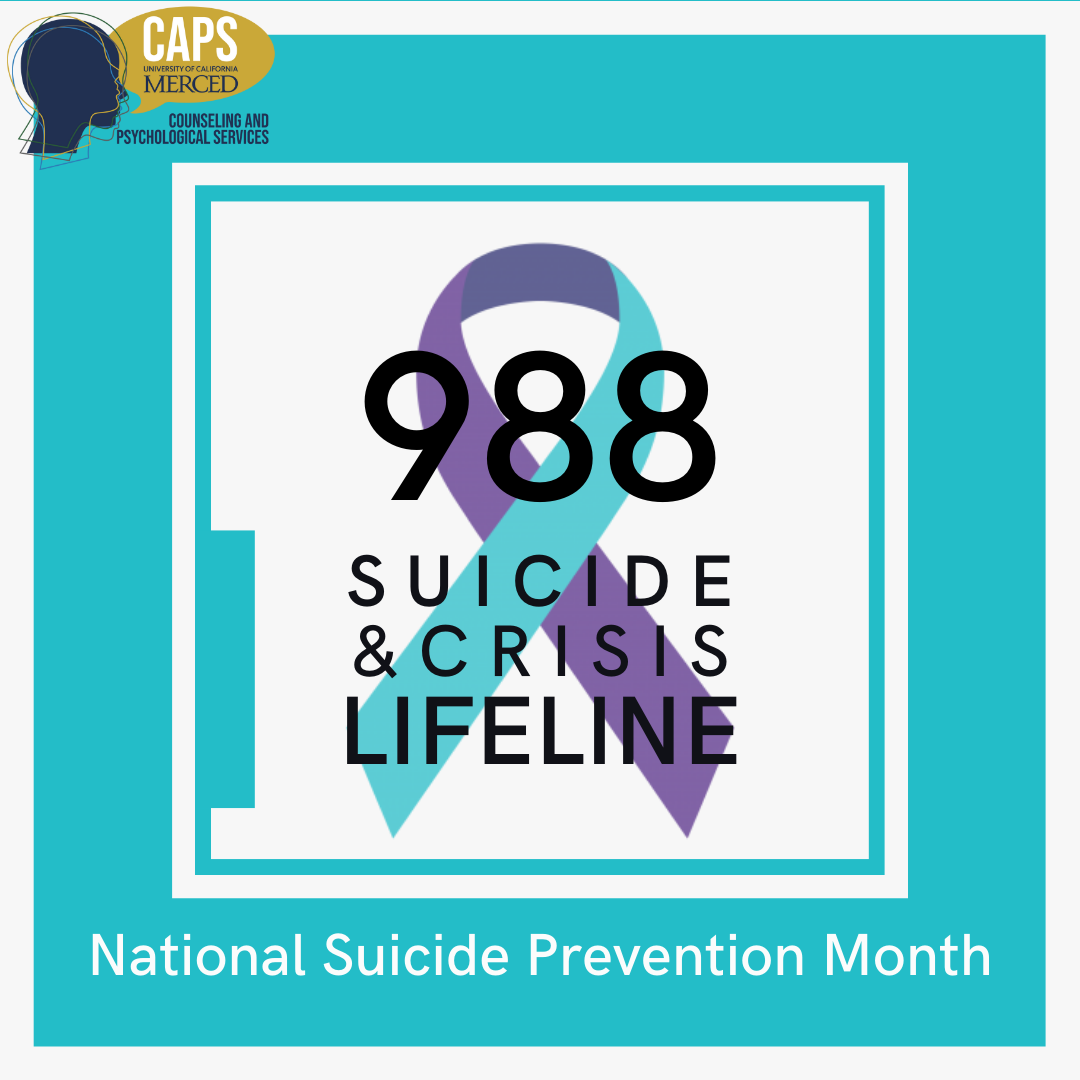
Here are some startling statistics regarding mental health/suicide. Approximately 20% of the entire U.S. population has been diagnosed with a diagnosable mental health illness. In 2021, 10% of students in grades 9-12 reported they made at least one suicide attempt in the past 12 months. Forty-five percent of LGBTQ+ youth reported seriously considering attempting suicide in the past year. Suicide is the second leading cause of death for people between the ages of 10 and 24. If you, or someone you know, is having suicidal thoughts or experiencing a crisis, help is available 24/7 by calling/texting 988
What is 988?
The 988 lifeline was established to improve both accessibility of crisis services and to meet the nation’s growing suicide and mental health-related crisis care needs. The 988 Lifeline provides easier access to mental health crisis care through a 200+ network of crisis call, text and chat centers, separate from the public safety purposes of 911.
What happens when I call 988?
When you call 988, you first hear a greeting message that presents you with several options. The 988 Lifeline has specially trained counselors for Veterans (through the Veterans Crisis Line, operated by the Veteran’s Administration), Spanish speakers and LGBTQI+ youth and young adults. Your call is then routed to one of the national networks or a local 988 Lifeline network crisis center based on your selections and your phone’s area code.
A trained crisis counselor answers the phone, listens to you, works to understand how your problem is affecting you, provides support and shares resources if needed. If your local crisis center cannot take your call, you are automatically routed to a national backup crisis center. All these services are available in English and Spanish. The 988 Lifeline uses Language Line Solutions to provide translation to callers in more than 240 additional languages.
What happens if I text 988?
When you text 988, a trained counselor listens to you, works to understand how your problem is affecting you, provides support and shares resources that may be helpful. Texting is available in both English and Spanish. When texting 988 in Spanish, you will be asked to type “Ayuda” to connect with a Spanish-speaking counselor. Veterans and service members who text 988 will be redirected to text 838255 to reach the Veterans Crisis Line, which is managed by the Veterans Administration. You will also be given an option to connect with an LGBTQI+-trained counselor. Text service is currently expanding so that an increasing number of texts are routing to local 988 Lifeline network crisis centers based on a texter’s area code.

What happens when I chat via 988?
Chat is available in both English and Spanish through the Lifeline’s website at 988lifeline.org/chat and linea988.org/chat. People seeking chat services are provided with a pre-chat survey before connecting with a counselor, who identifies the main area of concern. If there is a wait to chat with a crisis counselor, a wait-time message will appear. If demand is high, people are encouraged to look at the 988 Lifeline’s “helpful resources” while waiting. Once you are connected, a crisis counselor listens to you, works to understand how your problem is affecting you, provides support and shares resources that may be helpful. Chat service is currently expanding so that an increasing number of chats are routed to local 988 Lifeline network crisis centers based on the information that you choose to supply in the pre-chat survey.
Does reaching out to 988 help?
Yes, this lifeline works. Numerous studies have shown Lifeline callers are significantly more likely to feel less depressed, less suicidal, less overwhelmed and more hopeful after speaking to a Lifeline crisis counselor. 988 Lifeline counselors are trained to help reduce the intensity of a situation for the person seeking help and connect them to additional local resources, as needed, to support their well-being. About 98% of people who reach out to the 988 Lifeline are helped by a crisis counselor, resource shared or community connections are made.
Will I be hospitalized if I contact the 988 Lifeline?
Lifeline counselors strive to provide care and assistance in the least restrictive environment while also maintaining the safety of the individual. Most people who call, text, or chat with Lifeline counselors are able to be helped without needing to be hospitalized.
Is 988 Lifeline a free service?
Individuals who call 988 Lifeline are not required to provide any payment or insurance information to receive support, however, standard data rates from telecommunications mobile carriers may apply to those who text 988 Lifeline.
How long will I wait before talking to a counselor?
The 988 Lifeline is located in more than 200 local and state-run crisis centers. The counselors will listen, support, assess your situation, share resources and make community connections. Average wait times can vary based on usage surge and other factors. Once you have completed the greeting, the wait time is within a minute.
Does everyone have the same access to services provided by 988?
Yes, anyone located in a U.S. state, territory or tribal land with access to telephone, cellular or internet services can connect to a trained counselor by calling, chatting or texting 988.
C&A’s Care Pathway programs works with adolescents who are experiencing suicide ideation. If this is a non-emergency but you think your child is struggling with self-harm, please call 330.433.6075.
- Information for this blog post was provided by SAMSA and the Centers for Disease Control & Prevention. C&A’s Trauma Led Specialist Mary Kreitz, who has more than 20 years experience in the mental health field, contributed to this article.
RECENT POSTS
